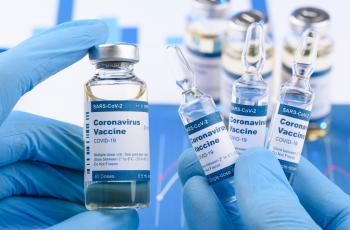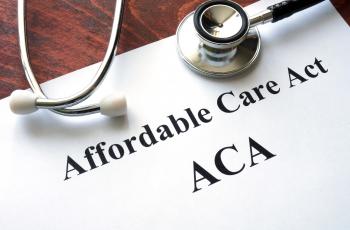How Has the Pandemic Impacted Time in Range?
Dexcom researchers discovered an increase in Time in Range during the early period of the pandemic, giving further evidence of the power of continuous glucose monitoring.
Time in Range (TIR) is a measure of glucose variability for people with diabetes. While this range is unique for each individual, the general guidelines recommend individuals to remain between a range of 70 to 180 mg/dl. Researchers in the Diabetes Control and Complications Trial (DCCT) have found that increasing your TIR may help prevent diabetes complications, including eye, kidney, and nerve damage.
TIR is typically measured with continuous glucose monitors (CGM) and records the variation that cannot be seen in a person’s A1C. People with diabetes can accurately track hypoglycemic (low blood sugar level) and hyperglycemic (high blood sugar level) events and determine its effects upon their physical and mental health.
How did the pandemic impact individual’s TIR?
In this Dexcom study, researchers followed over 65,000 Dexcom 6 CGM users in the US during the early pandemic to track their TIR. Overall, TIR improved from 59% to 61%, roughly an additional half hour per day of time spent in range. Around 33% of participants had greater than 5% improvement in their TIR during the early pandemic.
The researchers specifically noted the increase in TIR after the federal government issued the stay-at-home orders. Though more evidence is needed to understand this trend during stay-at-home orders, the increase in TIR could be associated with many people eating out less and having more free time to manage blood sugars. These TIR improvements were also largely associated with changes in hyperglycemia, yet not hypoglycemia. Changes in TIR and hyperglycemia were also accompanied with a decrease in average glucose values, dropping from 173 mg/dl to 170 mg/dl. Calculating TIR allowed individuals to have a greater understanding of their glycemic variability during the pandemic and to take action if necessary.
Glooko’s CGM users also saw an improvement in their TIR, increasing from 62% to 63%. While they also reported a reduction in physical activity, there was less day-to-day variation in their mean glucose levels, which decreased from 166mg/dl to 165 mg/dl.
Unfortunately, these small improvements did not affect all populations equally due to inequities in the health care system:
- Economic Disparities: Dexcom’s study revealed zip codes with a median household income above $150,000 had approximately a 42 minute per day increase in TIR. On the other hand, zip codes where the median income was less than $50,000 reported a 20 minute per day increase in TIR. Studies in Italy and Israel also demonstrated a relationship between TIR and socioeconomic status.
- Loss of health care: Many healthcare services, including access to medication and devices, have been disrupted during the pandemic. In China, many people with diabetes were unable to communicate with health care professionals or gain access to medical supplies. In the US, the lack of universal health care also poses challenges as many individuals lost insurance coverage during the pandemic.
- Food insecurities: Unfortunately, not everyone can afford to make healthy meals at home. Surveys have demonstrated food recommended as part of a healthy diet for people with diabetes are in short supply in low-income neighborhoods. 40% of survey respondents also reported they did not follow a recommended diabetes diet due to financial concerns.
- Racial Disparities: While racial and ethnic minorities are disproportionately impacted by diabetes, there are large inequalities in the quality of care these groups receive. For instance, Puerto Ricans are less likely to receive annual A1C testing compared to white individuals despite both having equal access to healthcare. Dexcom’s study lacked data on racial and ethnic identities, which could have served as another indicator of how TIR has changed based on certain subgroups.
This study has clearly demonstrated the utility of navigating the changes in TIR during the pandemic, but COVID-19 has also highlighted major disparities in diabetes health and TIR more specifically. Low-income, uninsured, and food insecure people with diabetes have worse diabetes outcomes and have more barriers to improving their TIR. TIR can be improved for all people with greater access to affordable health care, diabetes technologies, and healthy foods.


